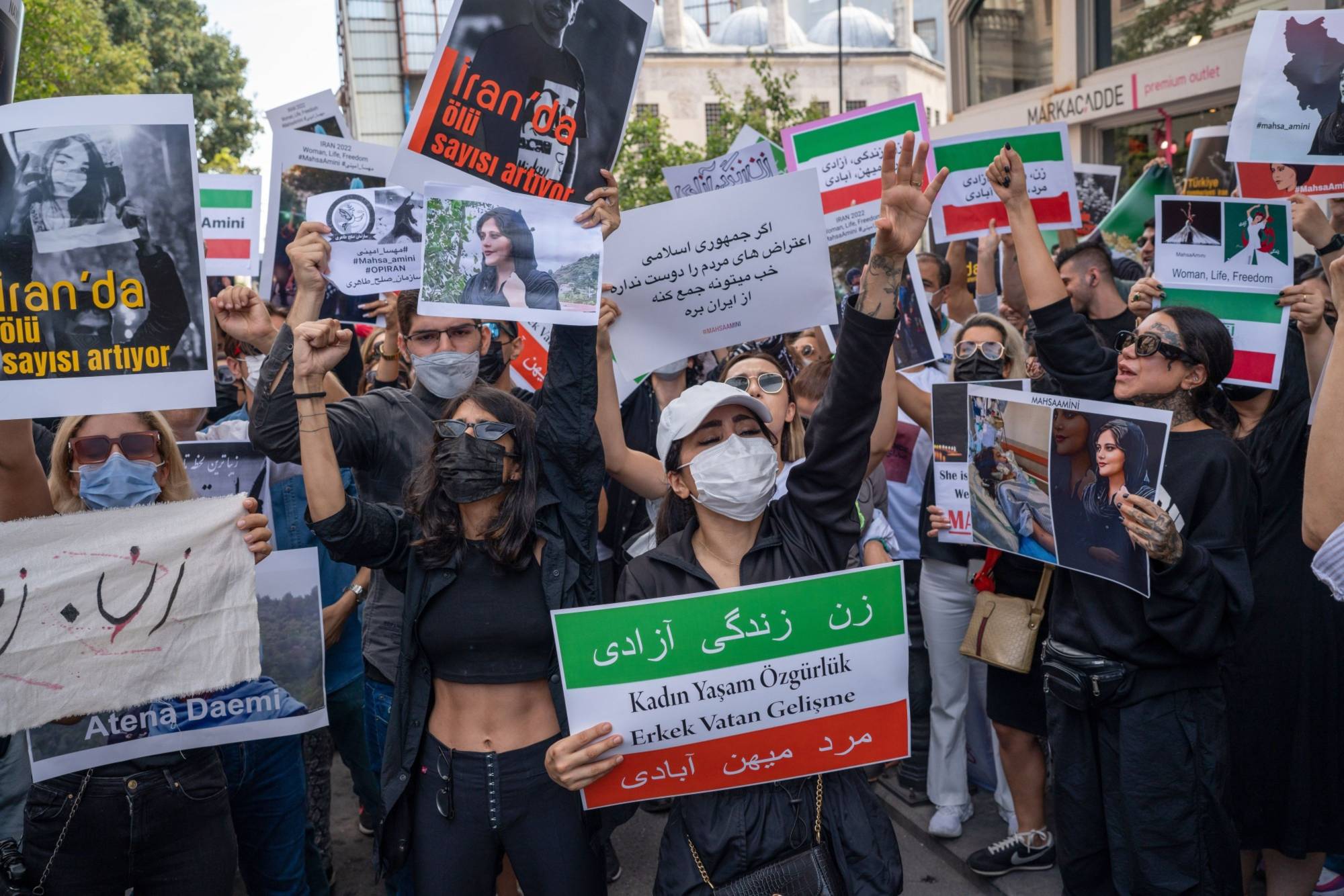Pegah Ahangarani was flicking through old family photographs when she happened upon one that showed a group of children — including her as a child — clambering around a tree somewhere in the Iranian countryside. There were smiles, boys showing off for the camera, and a man standing at the front.
His name was Gholam, a close family friend. Then the family stopped talking about Gholam. He stopped coming to their house. Gholam disappeared. In the photo, his face was scratched out. Ahangarani would later find out he had been executed in the late 1980s.
The rediscovery of this lost memory prompted Ahangarani to do what many other younger Iranians are now doing: looking for the ghosts of the Islamic Republic’s brutal past and interrogating the state’s version of history as it tries to suppress the biggest challenge to its authority since the revolution 44 years ago.


















With your current subscription plan you can comment on stories. However, before writing your first comment, please create a display name in the Profile section of your subscriber account page.